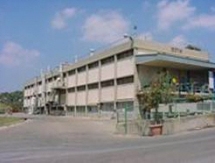The human face plays an important role in our social interaction, conveying people’s identity.
Using the human face as a key to security, biometric face recognition technology has received significant attention in the past several years due to its potential for a wide variety of applications in both law enforcement and non-law enforcement.
As compared with other biometrics systems using fingerprint and iris, face recognition has distinct advantages because of its non-contact process. Face images can be captured from a distance without touching the person being identified, and the identification does not require interacting with the person.
In addition, face recognition serves the crime deterrent purpose because face images that have been recorded and archived can later help identify a person.
Every face has numerous, distinguishable landmarks, the different peaks and valleys that make up facial features. FaceIt defines these landmarks as nodal points. Each human face has approximately 80 nodal points. Some of these measured by the software are:
• Distance between the eyes • Width of the nose
• Depth of the eye sockets • The shape of the cheekbones
• The length of the jaw line
These nodal points are measured creating a numerical code, called a faceprint, representing the face in the database.
Synel’s Face facial recognition system with leading “Dual Sensor” Facial Recognition Algorithm, FAR<0.0001% which makes facial recognition faster and more accurate.
Different source-light technology enables the system to work well under different environments for access control and time attendance applications.
 +44 208 900 9991
+44 208 900 9991 +01 480-374-7770
+01 480-374-7770




